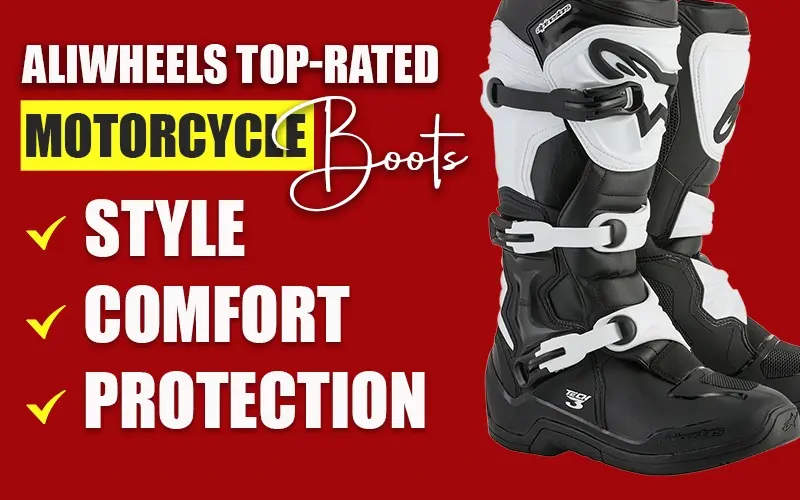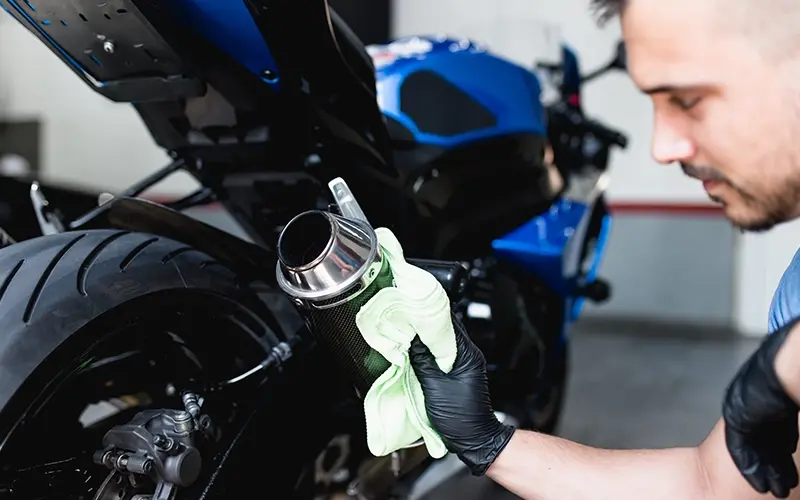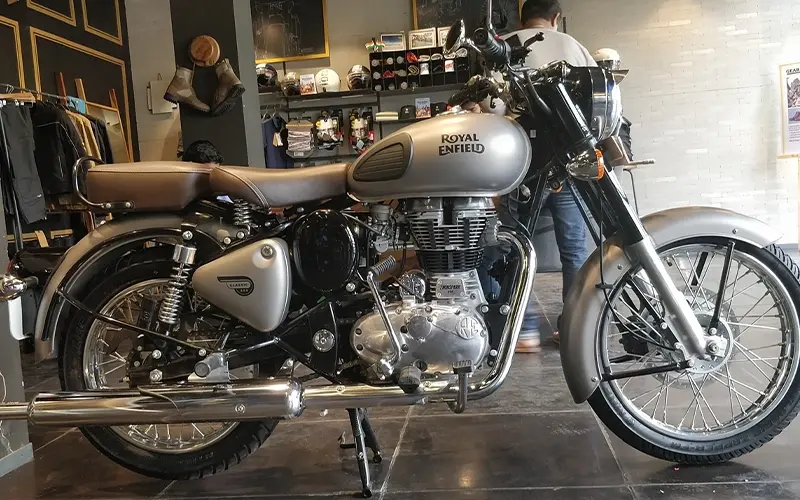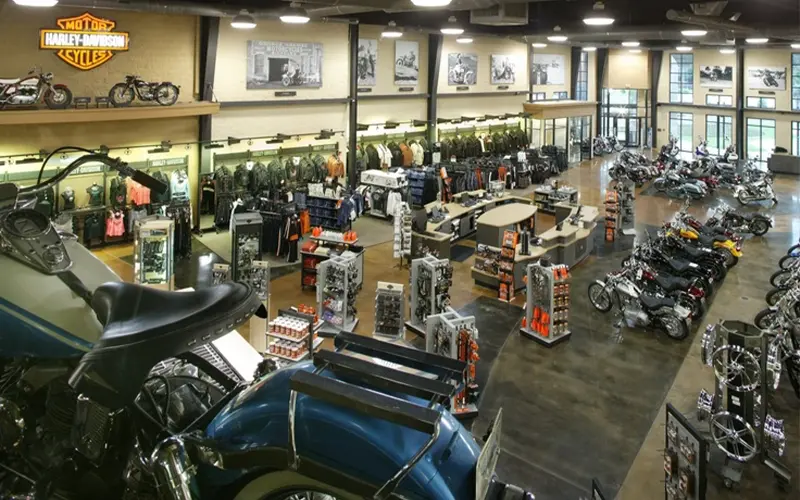Does it seem like the motorcycle is slipping? Is the primary making any loud noises? These circumstances typically indicate a problem with the Motorcycle Clutch Plates or compensator drive. Motorcycle Clutch Plates are consumable components like brake pads, tires, and chains. It’s time to replace your friction plates if your clutch is sliding or trembling. It may sound frightening to open up your engine to change the Motorcycle Clutch Plates, but it’s a fairly simple and uncomplicated job.
Sometimes a small modification can solve these issues. When the clutch cable is slack enough, the clutch can chatter while the engine is running. The clutch may overheat and experience wear issues due to a lack of lubrication. Here is a comprehensive guide on checking, inspecting, and replacing the Motorcycle Clutch Plates on a motorbike.
Change Your Motorcycle Clutch Plates: Your 2023 Guide
There is nothing to worry about. With only decent-quality tools, anyone is more than capable of replacing damaged Motorcycle Clutch Plates. Remember that Motorcycle Clutch Plates can range from dry to wet; this guide does not apply to all. So, please know your make/model before following this guide. In case of uncertainty, call on our gear geek!
Some Motorcycle Clutch Plates are simple to work on, while others aren’t. There are further components, and properly reassembling the push rod’s free play is essential to its proper performance. So, without rambling on this, let’s get going!
Which Components Do I Buy?
Although there are trustworthy Motorcycle Clutch Plates providers for various applications, we typically advise utilizing genuine parts – and easy hack; you can get all your desired clutch components on Aliwheels. Our clutch component kits will always be dependable, strong, and reasonably priced. If feasible, get a set of replacement springs along with the precise kit for your bike.
Next, Remove the Clutch Cover
Important: If your motorcycle has a wet clutch, you must drain the engine oil first and follow slightly different instructions; using the same methods won’t work. You may loosen the head bolts if your bike has a dry clutch like this. If this is too challenging for you, call us, and we will guide you personally on how to change your Motorcycle Clutch Plates.
Take Away the Pressure Plate
Remove the Allen head bolts holding the pressure plate in place. The plate will slip out after the bolts and springs are removed. It’s possible that the throw-out bearing in the center will also pop out; watch out for any alignment indications. Now, stay calm and make a note of the dust that has accumulated around the functional components. This substance is isolated from the engine in a dry clutch. Note the springs’ length and condition as well.
Take Away the Motorcycle Clutch Plates
Take out the Motorcycle Clutch Plates one at a time. They will be piled in alternating rows of fiber and steel plates inside the basket. To have a reference when fitting the new plates, always place them on the bench in the same sequence they were removed. If you have fingernails, that’s an added plus, but if not, a few magnets on a stick are useful to remember the Motorcycle Clutch Plates’ sequence.
Examine the Hub and Basket
This might hurt your wallet, too. The plates won’t function properly if the marks are visible on the basket. They will screech or make it challenging to engage a gear when they sit in the grooves. You will also need to install a new basket and hub. You can get all the clutch components at reasonable prices from Aliwheels.
Examine the New and Old Motorcycle Clutch Plates
Finding out how much wear your old clutch had is always interesting. Using a reference, you can see the little fiber between the plates. You will also find it amazing that they can last for so long. At this stage, you can confirm that the old and new complement each other.
Look Over the Steel Plates
The steel plates have a flat side and a slightly rounded side. Ensure that they all proceed in the same manner. The steel plates should still be replaced even if you only observe slight wear.
Put In the New Clutch Kit
Change the outdated Motorcycle Clutch Plates with the new ones. Note the order in which the previous ones were released (the stack comes in handy for this) and any alignment annotations. Be warned that if you add new plates because your basket and hub are worn out, they might rattle more than usual and not last as long.
Secure the Pressure Plate Again
Installing new clutch springs is advised because they also sustain wear. The pressure plate must be placed on the hub and basket because there is only one method to reattach it. When tightening the bolts on the pressure plate, use a torque wrench, and refer to a repair manual to determine the proper tension. Switch out the clutch cover.
Inspect Your Cable or Hydraulics
If your clutch is hydraulic, use this chance to bleed the line. You’ll need a piece of rubber tubing for that. Then, attach it to the bleeding nipple, back off the locking screw, and push the lever until no air bubbles remain. After that, tighten the nut. Continue until the pressure is satisfactory, then top off the fluid.
Synopsis
The motorcycle should be tested at low speeds to ensure the Motorcycle Clutch Plates are fully engaging and disengaging. Once broken in, it should provide a smooth and torquey ride. Motorcycle clutch plates are considered worn and should be inspected and rebuilt at appropriate service intervals.
Signs of a worn and/or failing clutch can include lack of power delivery to the rear wheel (a “slipping” clutch), inconsistent engagement of the clutch during the release of the clutch lever, and excessive chatter when the bike is idling in neutral.
Our final advice would be always to check to make/model compatibility with your motorcycle before ordering Motorcycle Clutch Plates. Don’t hesitate to call or chat with one of our motorcycle geeks if you have any questions. While rebuilding or upgrading your clutch, don’t forget to stock up on high-quality engine/transmission oil. Contact us today!










